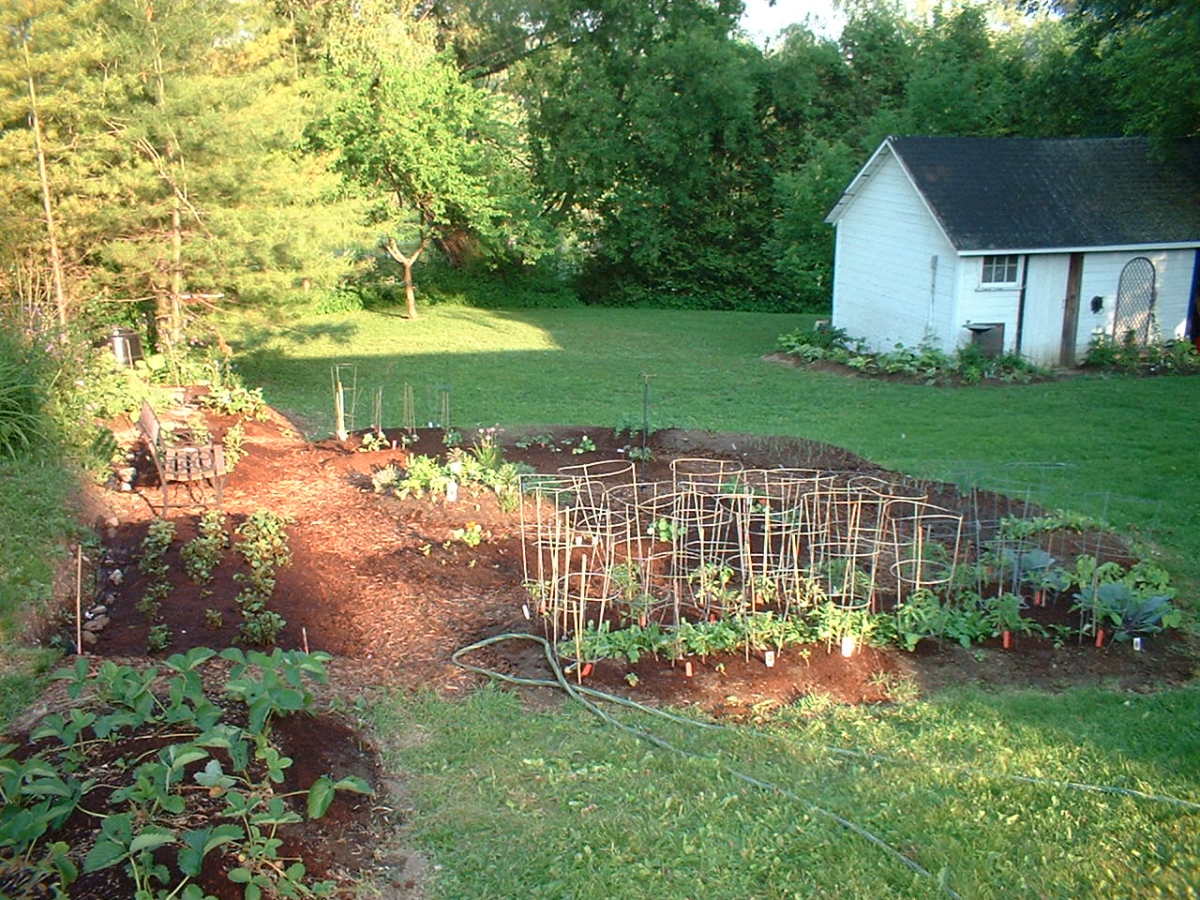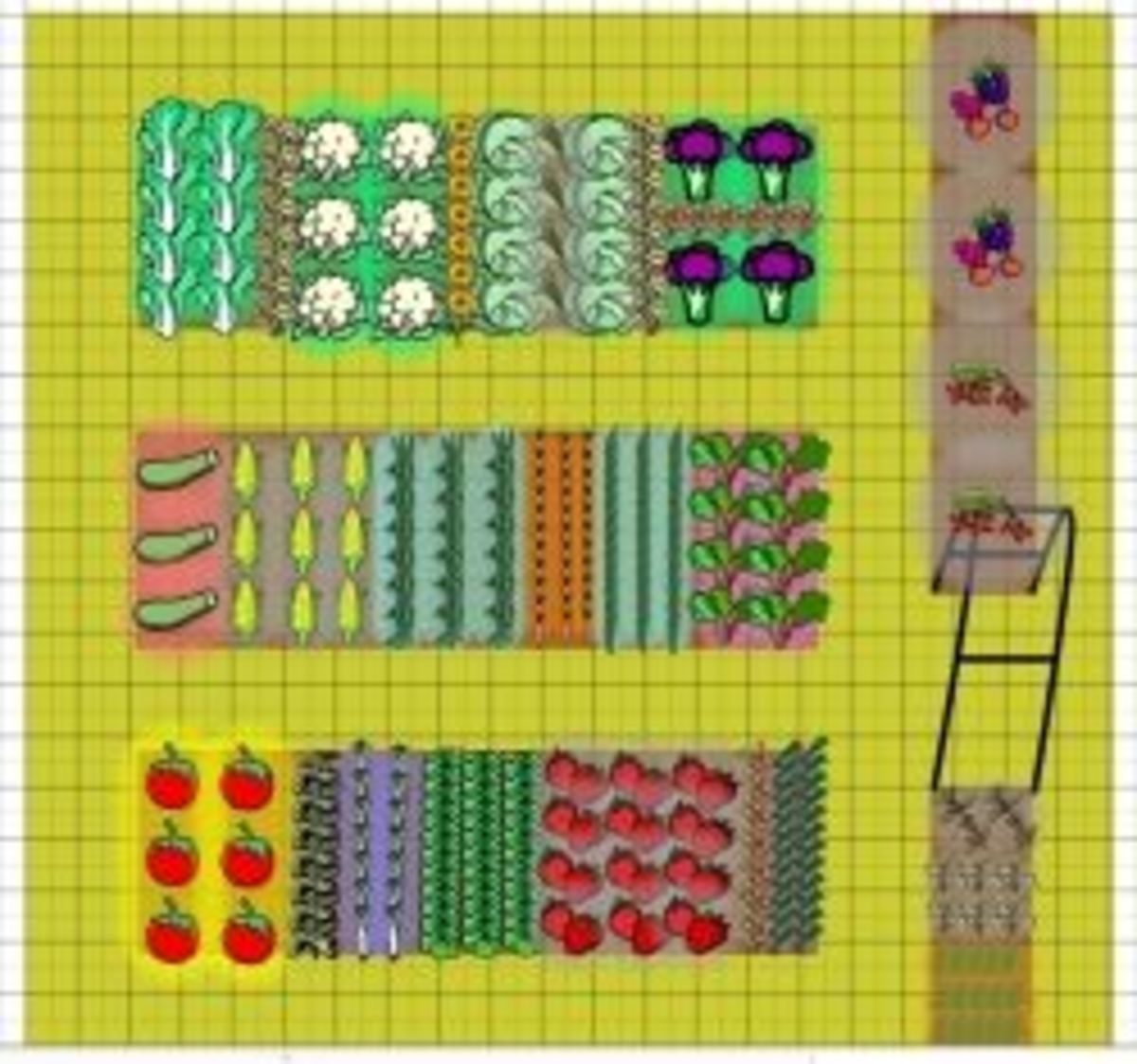Raised Bed Gardening in New England
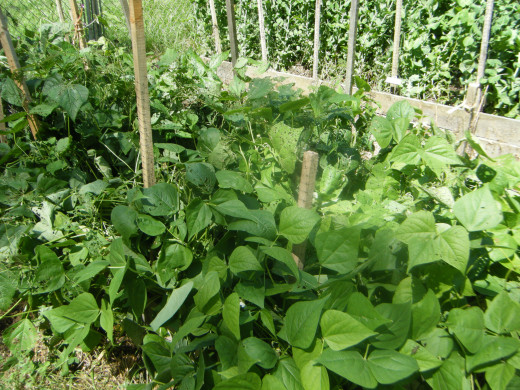
Fresh food for your table!
Finding time to grow your own veggies is hard for a lot of us. So many other things are going on with our lives. But if you truly enjoy gardening or if you want to find out if you would, make some time for it.
Easier said than done, you might ask!
Well, yes. But be creative in parceling out some time every few days.
Maybe give up watching that TV show you're hooked on? (Of course with all the nifty ways the cable and satellite companies have, you can always record programs to watch at a later time).
If you enjoy a little cocktail hour when you get home from work, put that drink into a to-go mug and bring it out to the garden with you. Ask your spouse or significant other to join you. Time together is always fun.
Of course if you have children you can rope them into assisting you. Making it a bit of a game (who can pick the most peas today, etc) will help. Fresh air for all of you and they get to see that part of their lunch or dinner go from the garden to the table.
YES to raised beds!
I like growing in raised beds and started doing this a long time ago. The first year I tried raised bed gardening , I used the method of digging up a wide row and piling the soil parallel to the dug out section. The dug out section then became the path between the planting areas. If you have a permanent spot for your garden, this is the least expensive way to create the raised beds. I created about six planting beds like this. About 2 feet wide and 15 feet long. I noticed that the soil in those beds warmed up quicker than the ground soil.
I had read an article in Organic Gardening or Mother Earth News about French Intensive gardening that had you planting things much closer together than you normallywould. The 2 foot wide beds worked pretty good for this. Wider raised beds work out even better for the intensive gardening method.
Now, many years later, and having tried a variety of raised beds styles, I'm still a fan of raised bed gardening !
What to use to build your raised beds?
On our property in southern Vermont, we have just under 4 acres, and a good portion of it has cold springs. Also lots and lots of rock. Go figure! Rocks in New England. We raise our own beef and when they are on site and not out at pasture, fitting good gardening spots in all this can be a bit of a challenge. Which is why our veggie garden(s) locations are constantly evolving.
Doing raised beds makes the gardening easier. We don't go all fancy in making the raised beds. We have used scrap lumber from other projects and also small trees that needed to be cut down. ( Remember NEVER to use "pressure treated" lumber as it is treated with chemicals which leach out into your soil.)
Another way to create a raised bed area is with cinderblocks. When you lay them in place you have the holes facing up. These little pockets can be filled with soil after you have the rest of the bed filled. They are a good spot to grow different herbs in.
You can also create raised beds using mulch Hay bales. At the end of the growing season, just use the hay as mulch for the walkways between the beds.
When using lumber or logs, make the raised beds the length of the material and keep the width to about 3 feet across. I'm short and the 3 feet is about the widest I can have and still be able to easily reach across to the middle for planting and harvesting (and the occasional weeding.)
We have found that we can knock apart the raised bed enclosures and relocate them fairly easy, when we need to.
When using cinderblock or hay bales, you can make the length what you want.
There are some good ideas and also the supplies to making more uniform raised beds at the Gardener's Supply Company, Burpee's and other gardening and seed companies.
Drainage, planting depth and mulch.
Raised beds drain easier when there's a heavy rainfall. When there's been a dry spell and you have to water the garden, the beds make it easy to water just where it's needed and the walkways around the beds don't get as muddy. We actually keep our walkways as grass or we mulch the walkways.
You can make the beds as deep as you want for different types of veggies. Usually, 12 inches deep works for the stuff that grows above ground. I like 18 to 24 inched deep for root vegetables. And the soil in the raised beds warms up sooner than ground soil allowing you a head start on planting.
To fill your raised beds, you have some choices. Using a mixture of screened compost and topsoil and some sand works very well. If you already have a working compost pile you're ahead of the game. Topsoil you would get from the spot your going to put your raised beds. Usually this means digging up the area for the bed shaking out all the grass, weeds and their roots from the soil. Adding a bit of clean sand, if you can, loosens up the mix you'll be planting in. Especially for the root vegetables.
It is easier and takes less material to mulch around the veggies in your raised bed. And when the growing season is done, you can lift the mulch and put your kitchen veggie scraps down and then put the mulch back down on top. By next spring, the veggie scraps should be composted nicely into the soil. This little trick is courtesy of Ruth Stout, author of the "Ruth Stout No-Work Garden Book". As it was originally published back in 1971, you might have to do some searching to get a copy. It is a fun book and worth looking for. Maybe contacting Rodale Press would be the way to find a copy, They were the publishers of it.
How many beds ???
How many raised beds do you need? ( Or want?) Everything depends on what and how much you want to grow. The raised beds work well for just about everything except corn and vining plants like winter quashes and pumpkins, which need lots more space.
I have found that making a list of what you want to grow is the first thing. Do you want enough for just fresh eating or do you want to have enough to put up for over the winter?
We like to freeze a lot of veggies and also like to pickle, so we plant extra.
Once you have your veggie list, you can plan out on paper how many beds you'll need and what will get planted in each bed. Using grid paper makes this task easy. Just count each of the little squares as one foot. Remember, you can put a couple of varieties of things in each raised bed. Make sure you check what things may be planted near each other. Mother Earth News has a good article on that:
http://www.motherearthnews.com/organic-gardening/companion-planting-guide-zmaz81mjzraw.aspx
What to grow?
You know what your family likes to eat. It's always a good idea to plant those vegetables. Maybe introduce something new. To find out if the family will enjoy something, get some of whatever vegetable you want to experiment with at the grocers and see if the family likes it.
Fresh herbs are a wonderful way to add that something extra to the taste of your dishes and are an attractive and useful addition to any garden area. A number of the herbs work as natural repellents to a variety of bugs you don't want around and munching on your veggie crops. Good tasting, nice to look at and useful - good reasons to have some in your garden(s).
So that everyone in the family feels like they are a part of the process, make the seed selection a family activity. You can get catalogs through the mail or look at them online.
Some of my favorite seed companies are Mountain Valley Seeds, Johnny's, Burpees, Thompson Morgan, to name a few. All carry Heirloom and Open Pollinated seeds.
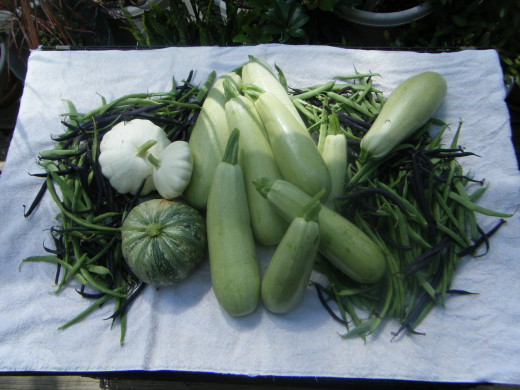
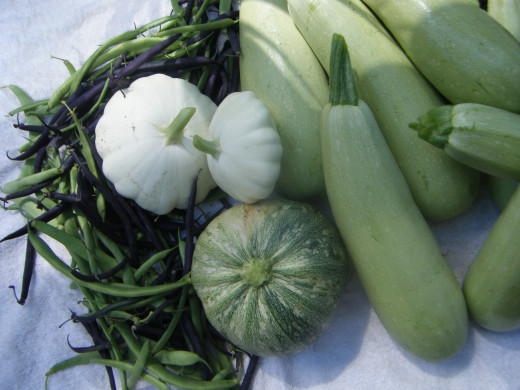
Recipe using green beans and zucchini
- Ginger green beans with zucchini
This is a great side dish using the bounty from your garden. Of course, if you don't garden, get your fresh veggies from farmer markets, farm stands or the fresh produce aisle of your supermarket.

